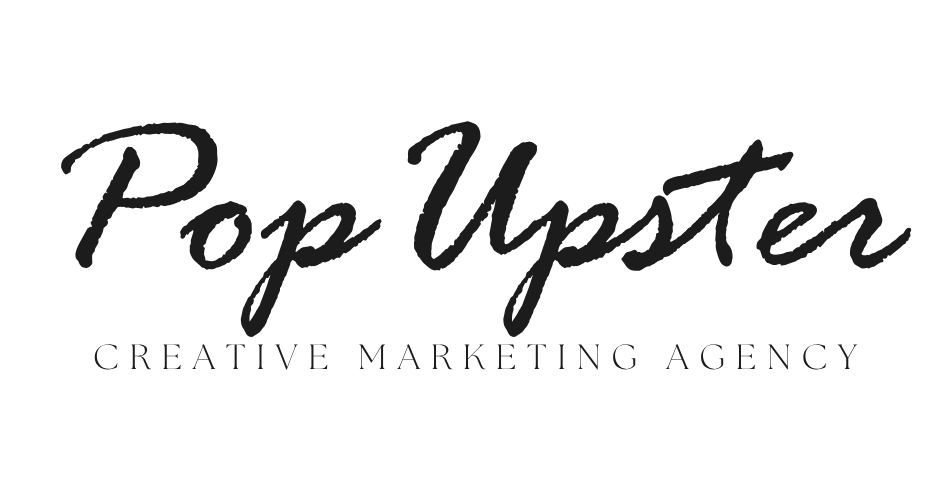In the rapidly evolving digital marketing landscape, paid advertising has become an essential strategy for businesses seeking immediate visibility and targeted audience engagement. Pay-Per-Click (PPC) and media buying represent powerful techniques that enable organizations to cut through the noise, delivering precise marketing messages to potential customers at exactly the right moment. Unlike organic marketing strategies that require months of consistent effort, paid advertising offers immediate results, allowing brands to generate leads, drive conversions, and achieve measurable marketing objectives with unprecedented speed and accuracy.
Understanding PPC Fundamentals
Pay-Per-Click advertising represents a sophisticated digital marketing model where advertisers pay a fee each time their advertisement is clicked. This approach transforms traditional advertising by providing granular targeting options, real-time performance tracking, and cost-effective marketing solutions. Google Ads, Facebook Ads, and LinkedIn Advertising platforms have revolutionized how businesses connect with potential customers, offering unprecedented control over demographic, geographic, and behavioral targeting parameters.
Successful PPC campaigns require strategic planning, comprehensive keyword research, and continuous optimization. Marketers must develop compelling ad copy, design engaging visual assets, and create landing pages that seamlessly convert interested prospects. Understanding bidding strategies, quality score optimization, and audience segmentation becomes crucial for maximizing return on advertising spend and achieving meaningful business outcomes.
Advanced Keyword Research Strategies
Effective keyword research forms the cornerstone of any successful paid advertising campaign. Modern marketers must leverage sophisticated tools like SEMrush, Ahrefs, and Google Keyword Planner to uncover high-intent search terms with optimal search volume and competition levels. Long-tail keywords often represent hidden opportunities, offering lower cost-per-click rates and more targeted audience engagement compared to broader, more competitive search terms.
Developing a comprehensive keyword strategy involves analyzing search intent, understanding user psychology, and mapping keywords to specific stages of the customer journey. Sophisticated advertisers segment keywords into informational, navigational, and transactional categories, creating tailored ad experiences that resonate with potential customers’ specific needs and expectations.
Targeting and Audience Segmentation
Modern paid advertising platforms offer unprecedented audience targeting capabilities. Marketers can now segment audiences based on demographics, interests, behaviors, past interactions, and complex custom audience configurations. Facebook Ads, for instance, allows creating lookalike audiences that mirror existing customer bases, while Google Ads provides remarketing capabilities to re-engage previous website visitors.
Advanced targeting strategies involve developing detailed customer personas, understanding micro-moments in the consumer decision-making process, and creating hyper-personalized advertising experiences. By leveraging data-driven insights and machine learning algorithms, advertisers can deliver increasingly precise and compelling marketing messages that drive meaningful engagement and conversions.
Budget Management and Bidding Strategies
Effective budget allocation represents a critical component of successful paid advertising campaigns. Modern marketers must balance aggressive growth objectives with financial prudence, implementing sophisticated bidding strategies that maximize return on investment. Automated bidding techniques powered by artificial intelligence can dynamically adjust bid amounts based on real-time performance data, ensuring optimal resource allocation.
Experienced advertisers typically recommend starting with conservative daily budgets, closely monitoring key performance indicators, and progressively scaling successful campaigns. Understanding metrics like Cost Per Click (CPC), Click-Through Rate (CTR), and Conversion Rate becomes essential for making informed strategic decisions and continuously improving advertising performance.
Conversion Rate Optimization Techniques
Converting advertising clicks into tangible business results requires a holistic approach to conversion rate optimization. Marketers must design compelling landing pages with clear value propositions, intuitive user experiences, and persuasive call-to-action elements. A/B testing becomes crucial for refining messaging, visual design, and conversion funnel effectiveness.
Advanced conversion optimization strategies involve implementing sophisticated tracking mechanisms, analyzing user behavior through heat maps and session recordings, and creating personalized experiences that address specific customer pain points. By continuously iterating and improving conversion processes, businesses can dramatically enhance the efficiency of their paid advertising investments.
Paid advertising represents a dynamic and powerful marketing approach that continues to evolve with technological advancements. Success requires a commitment to continuous learning, data-driven decision-making, and agile strategic adaptation. By mastering advanced targeting techniques, developing compelling creative assets, and maintaining a rigorous optimization mindset, businesses can unlock unprecedented growth opportunities in the digital marketing landscape.



 by
by